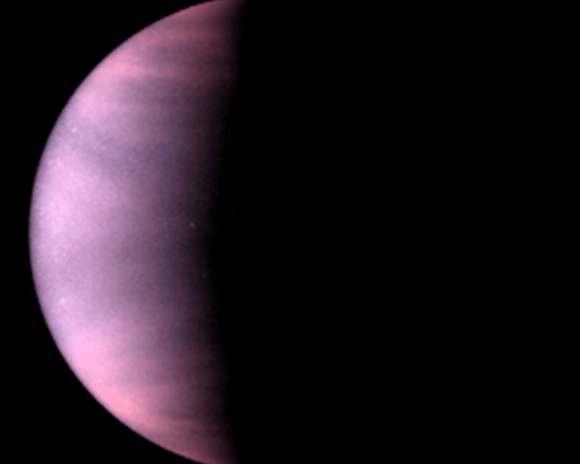[/caption]
Venus is the second planet from the Sun, and a virtual twin of our own planet Earth in many ways. But what type of planet is Venus? There are two major classifications of planets in the Solar System. There are the inner, rocky terrestrial planets and then the outer gas giants. Venus is a terrestrial planet.
The terrestrial planets are the 4 inner rocky worlds in the Solar System: Mercury, Venus, Earth and Mars. The word terrestrial comes from the root term “terra”, which is Latin for Earth. So the terrestrial planets are “Earth like” worlds.
And Venus is the most Earth-like planet in the Solar System. It has almost the exact same size, mass and density. Its composition is probably very similar to Earth, with a metallic core surrounded by a rocky mantle and a thin crust. The main difference between Earth and Venus is the incredibly thick carbon dioxide atmosphere, which raises temperatures on the surface of Venus to the point that it’s hot enough to melt lead.
But compare a terrestrial world like Venus to the gas giants like Saturn and Jupiter. The mean density of Venus is 5.204 g/cm3. While the density of Saturn is only 0.687 g/cm3. The density of Saturn is less than water, and it would float if you could find a pool large enough.
We’ve written many articles about Venus for Universe Today. Here’s an article about pictures of planet Venus, and here’s an article about how to find Venus in the sky.
If you’d like more info on Venus, check out Hubblesite’s News Releases about Venus, and here’s a link to NASA’s Solar System Exploration Guide to Venus. Finally, here’s a link to ESA’s Venus Express spacecraft.
We have also recorded an entire episode of Astronomy Cast all about Venus. Listen here, Episode 50: Venus.

